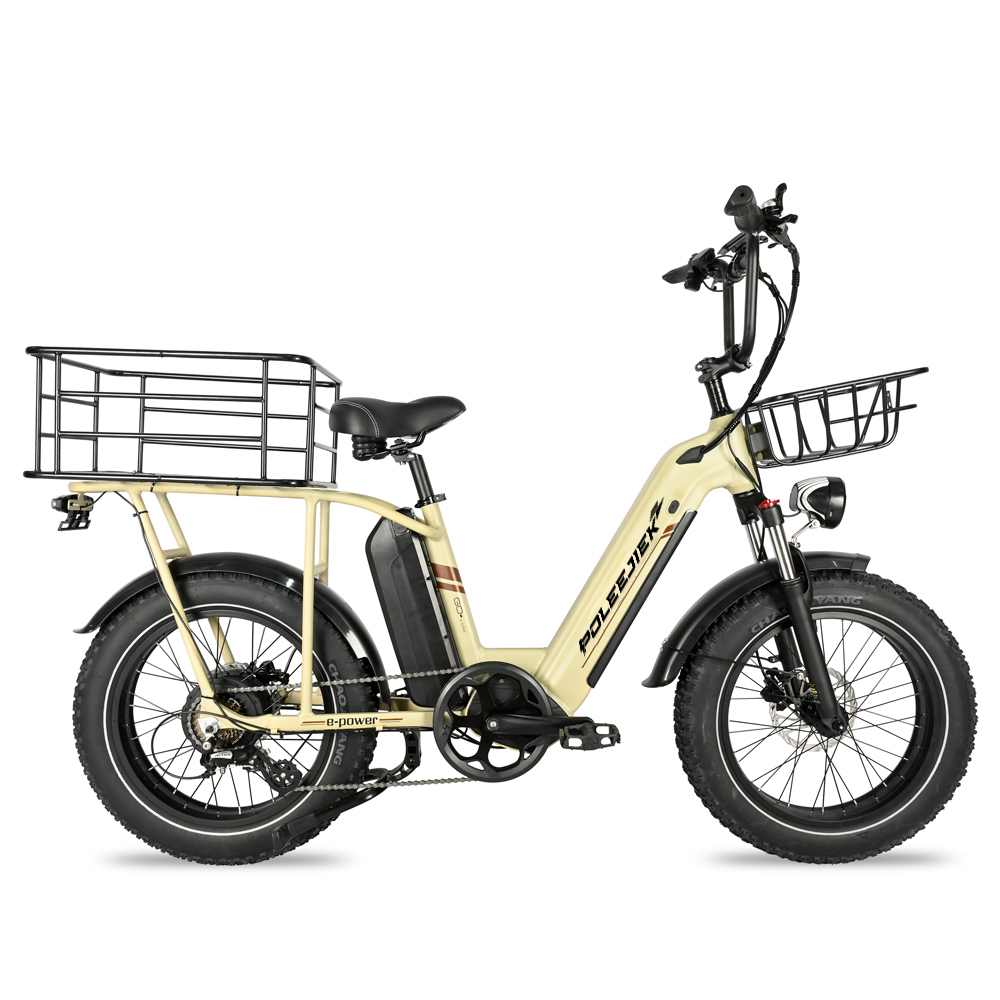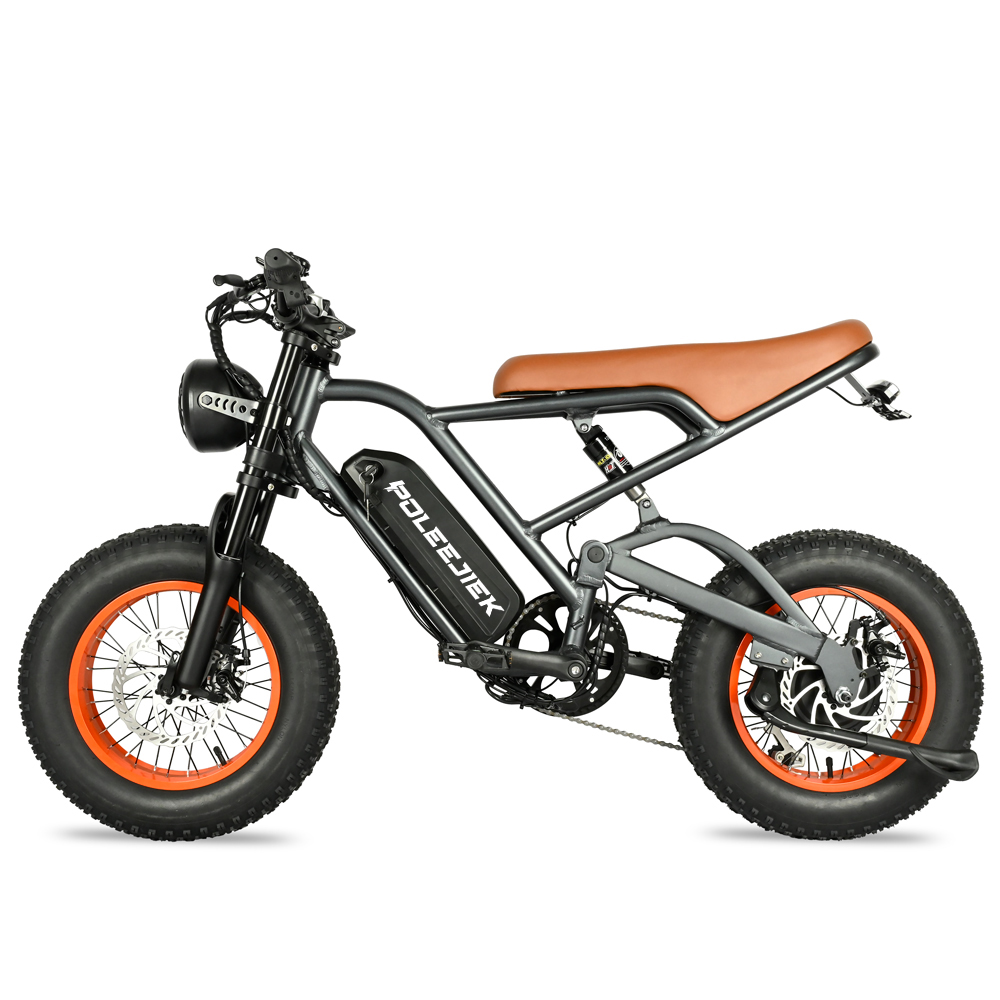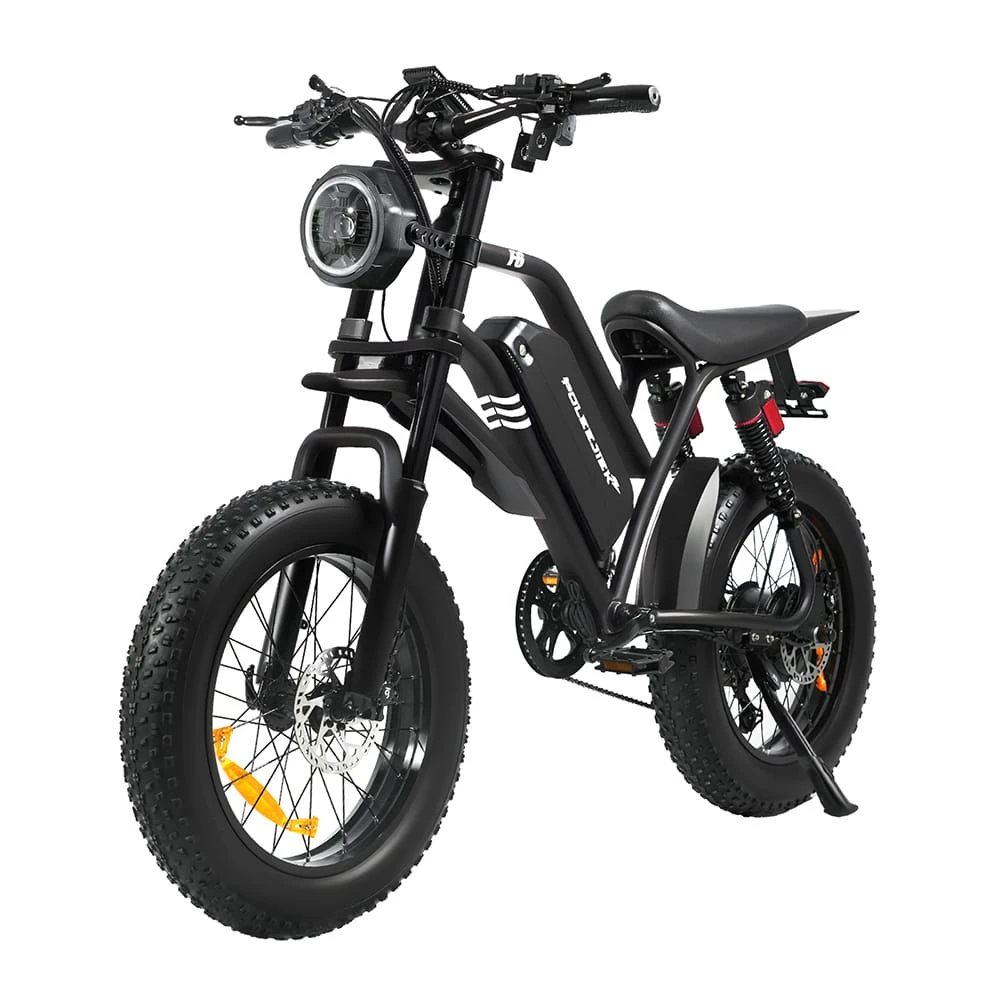E-Bike Battery B2B Guide: Wh, BMS & UL 2849
The ebike battery is the core asset of any electric bicycle fleet. It determines your range, power, and, most importantly for B2B procurement, your Total Cost of Ownership (TCO) and Return on Investment (ROI). This guide helps B2B partners understand the key metrics beyond the basics for 2025.
Key B2B Takeaways
-
Look Beyond V/Ah: The most important metric is Watt-hours (Wh). This is the true measure of battery capacity and the best indicator of range.
-
The Formula: Voltage (V) x Amp-Hours (Ah) = Watt-Hours (Wh). A 48V 20Ah battery is 960Wh. A 36V 20Ah battery is only 720Wh.
-
Safety is Non-Negotiable: The BMS (Battery Management System) is the battery's brain. For B2B, demand a high-quality BMS with thermal, overcharge, and short-circuit protection.
-
Compliance is Critical: For North America, B2B fleets must demand UL 2849 certification to mitigate fire risk and liability. For the EU, EN15194 compliance is mandatory.
-
High-Power Warning: Any bike over 750W (US) or 250W (EU) is not street-legal and must be sold for off-road/private land use only. This includes 2000W and 3000W models.
E-Bike Battery Metrics Explained
Voltage (V): The "Power"
Voltage is the "force" of the electricity. Higher voltage allows the motor to run more efficiently and deliver more power for speed and climbing.
-
36V: Standard for budget urban/commuter bikes. (EU 250W compliant).
-
48V: The B2B "sweet spot." Excellent balance of power and efficiency for all-terrain, cargo, and standard US-spec (750W) models.
-
72V: High-performance off-road only systems. Used for 3000W+ motors. (Not street-legal).
Amp-Hours (Ah): The "Duration"
Capacity (Ah) determines how long the battery can sustain that power. Higher Ah means a longer range.
-
10Ah–13Ah: (Approx. 480Wh at 48V) Good for short trips, urban rentals.
-
15Ah–20Ah: (Approx. 720Wh - 960Wh at 48V) The B2B standard for all-day use, delivery, and all-terrain.
-
30Ah+: (Approx. 1440Wh+ at 48V) For extreme long-range, dual-motor, or heavy-duty cargo/utility use.
Watt-Hours (Wh): The True Measure of Range & TCO
B2B Formula: Voltage (V) × Amp-Hours (Ah) = Watt-Hours (Wh)
Do not be fooled by high Ah alone. A 36V 20Ah battery (720Wh) has *less* range than a 48V 17Ah battery (816Wh). When calculating a fleet's TCO and range-per-dollar, Wh is the only metric that matters.
Critical B2B Factors Beyond the Numbers
1. BMS (Battery Management System)
The BMS is a small circuit board that protects the entire pack. A cheap BMS is the #1 cause of battery failure and fires. A high-quality BMS for a B2B fleet *must* include:
-
Cell Balancing: Ensures all cells charge and discharge evenly, maximizing cycle life.
-
Thermal Protection: A sensor that cuts power if the battery overheats (critical for high-power or hot climates).
-
Overcharge/Over-Discharge Protection: Prevents damage to the cells, ensuring safety and longevity.
2. Cell Quality & Cycle Life (TCO)
The "Cycle Life" (how many times a battery can be charged/discharged) is your TCO.
-
Premium Cells (e.g., Samsung, LG, Panasonic): Offer 800-1000+ charge cycles. The TCO is *lower* because the battery lasts 3-5 years.
-
Generic/Unbranded Cells: May only offer 300-500 cycles. The TCO is *higher* as you must replace the fleet's most expensive component in 1-2 years.
POLEEJIEK Models by Battery Configuration
|
Model |
Battery System (V x Ah) |
Total Watt-Hours (Wh) |
Power / Legal Class |
|---|---|---|---|
|
BLJ-2625 (Fat Tire) |
48V 30Ah (Single) |
1440 Wh (Extreme Range) |
2000W (Dual 1000W) |
|
BLJ-2027 (Folding) |
Dual Battery (Total 26Ah) |
~1248 Wh (Assuming 48V) |
(Varies) |
|
BLJ-F4 (Retro) |
72V (Capacity Varies) |
(Varies by Ah) |
3000W (Dual Motor) |
BLJ-2625 – 1440Wh Dual Motor Beast
With a massive 48V 30Ah battery (1440Wh) and dual 1000W motors (2000W total), this fat tire bike is made for long-range, off-road power. Ideal for rugged rental fleets or hunting/utility use on private land.
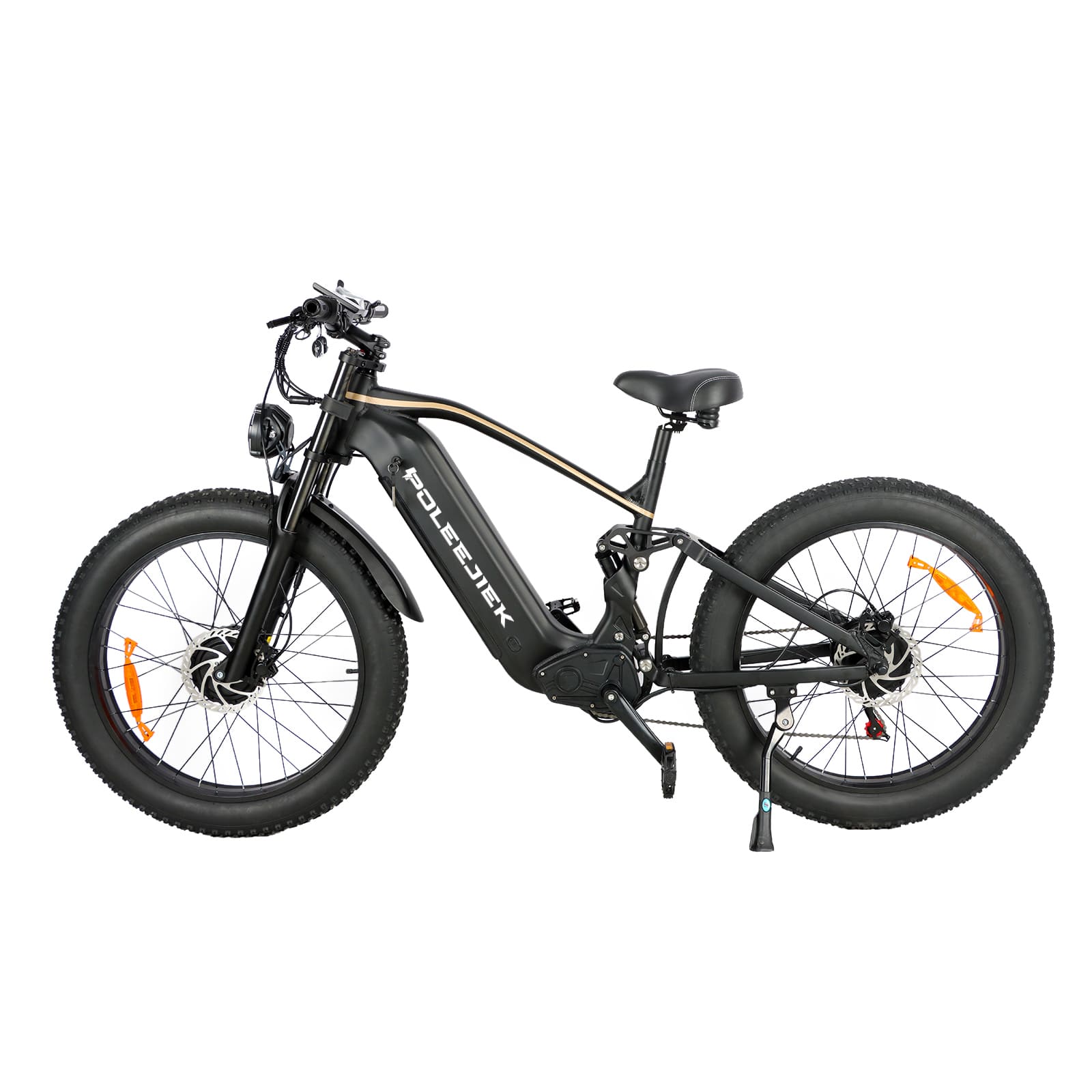
BLJ-2027 – Folding Bike with Dual 26Ah (Total) Batteries
This compact folding ebike is equipped with dual batteries (front tube + seat post), totaling ~1248Wh of capacity. Perfect for high-utilization delivery use and long-distance urban commuters.

BLJ-F4 – Retro Monster with 72V Power
The 72V high-voltage system on the BLJ-F4 enables ultra-fast speeds with 3000W of dual motor power. This is a specialized high-performance system for off-road use only.
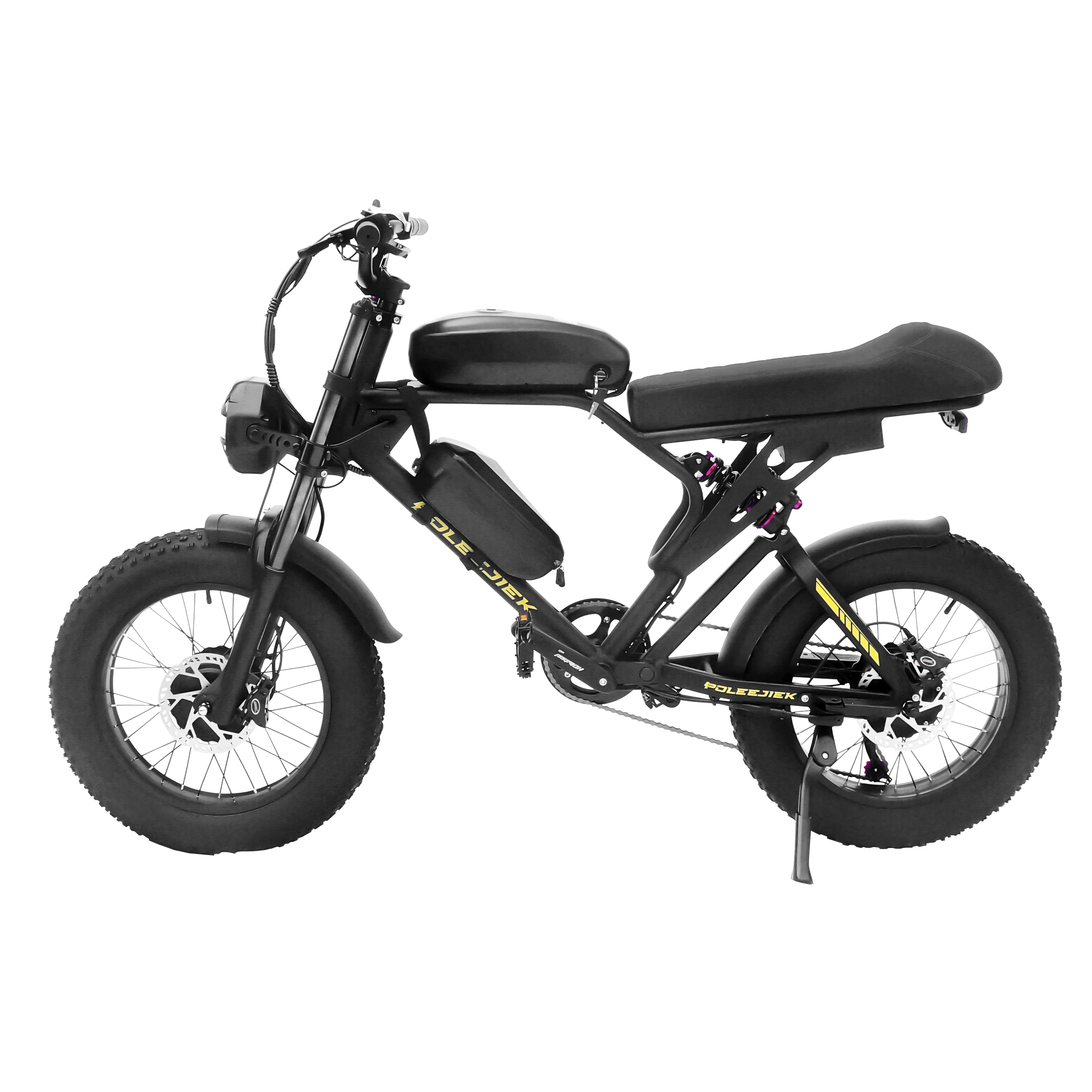
OEM Battery Customization
POLEEJIEK offers B2B partners flexible battery specs for OEM and white-label ebikes. We can build your fleet to your exact needs:
-
Voltage/Capacity: Choose your V, Ah, and total Wh target.
-
Cell Brand: Specify Samsung, LG, Panasonic, or other Tier-1 cells to guarantee cycle life and TCO.
-
Location: Downtube (integrated), rear rack, or dual-battery systems.
-
Compliance: We provide full documentation for CE/RoHS and build to UL 2849 and EN15194 standards.
Request Custom Battery Ebike Pricing
Looking to supply high-voltage (off-road) or long-range (high-Wh) bikes to your customers? POLEEJIEK supports OEM battery specs with full safety and compliance certification.
FAQ
How do I calculate an e-bike's range?
The best way is using Watt-hours (Wh). First, calculate `V x Ah = Wh`. A common B2B estimate for mixed-use (PAS 1-2) is 20-25 Wh per mile (or 12-15 Wh per km).
Example: A 48V 20Ah battery is 960Wh.
960Wh / 20 Wh-per-mile = ~48 miles (77 km) of realistic range.
What is a BMS and why does it matter?
BMS stands for Battery Management System. It is the battery's "brain" and the most important safety feature. It prevents fires by stopping overcharging, overheating, and short circuits, while also maximizing the battery's cycle life.
What is UL 2849 certification?
UL 2849 is the comprehensive safety standard for e-bike electrical systems (battery, charger, and motor) in North America. For B2B fleet operators and retailers, demanding UL 2849 certification is the best way to mitigate liability and fire risk.




